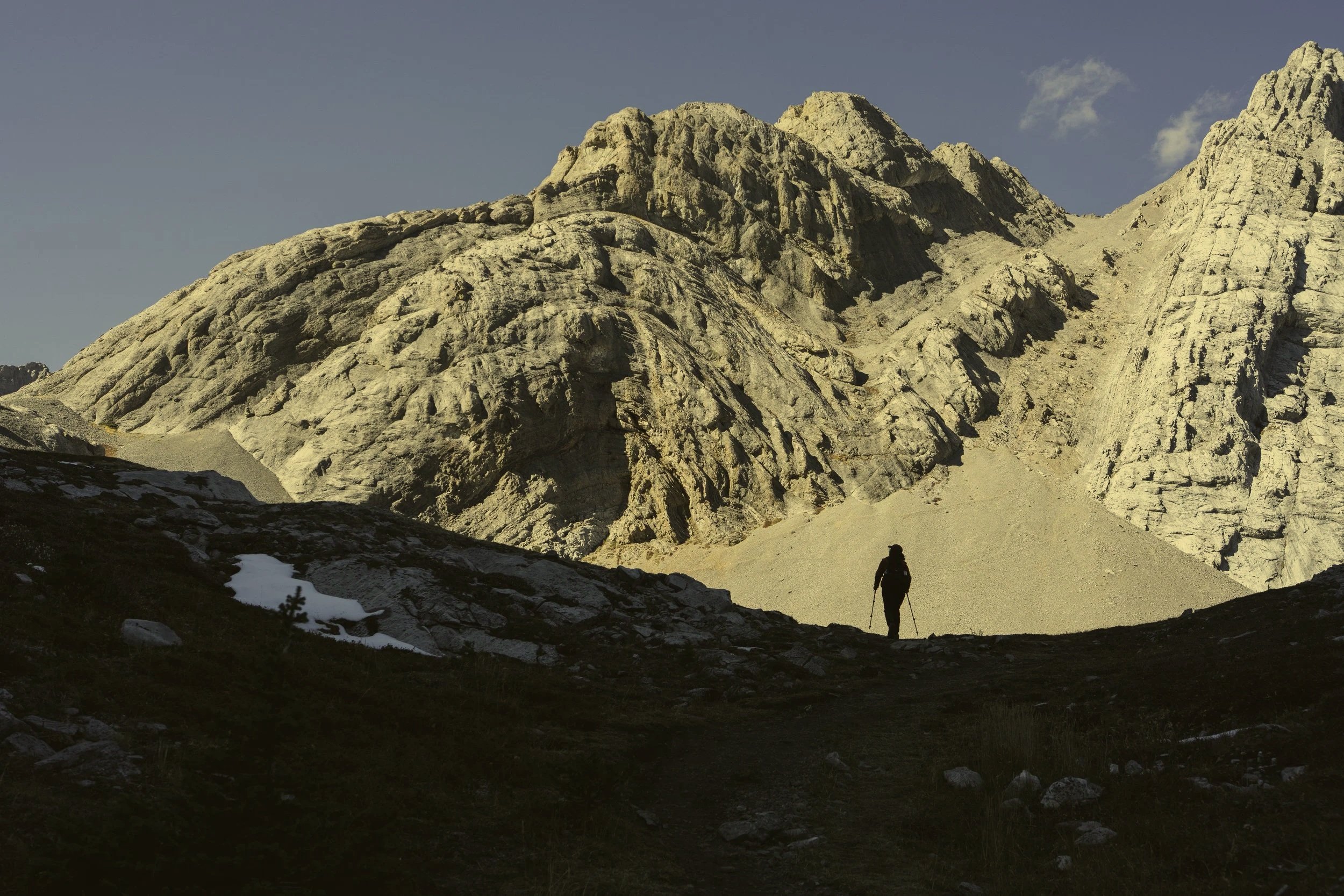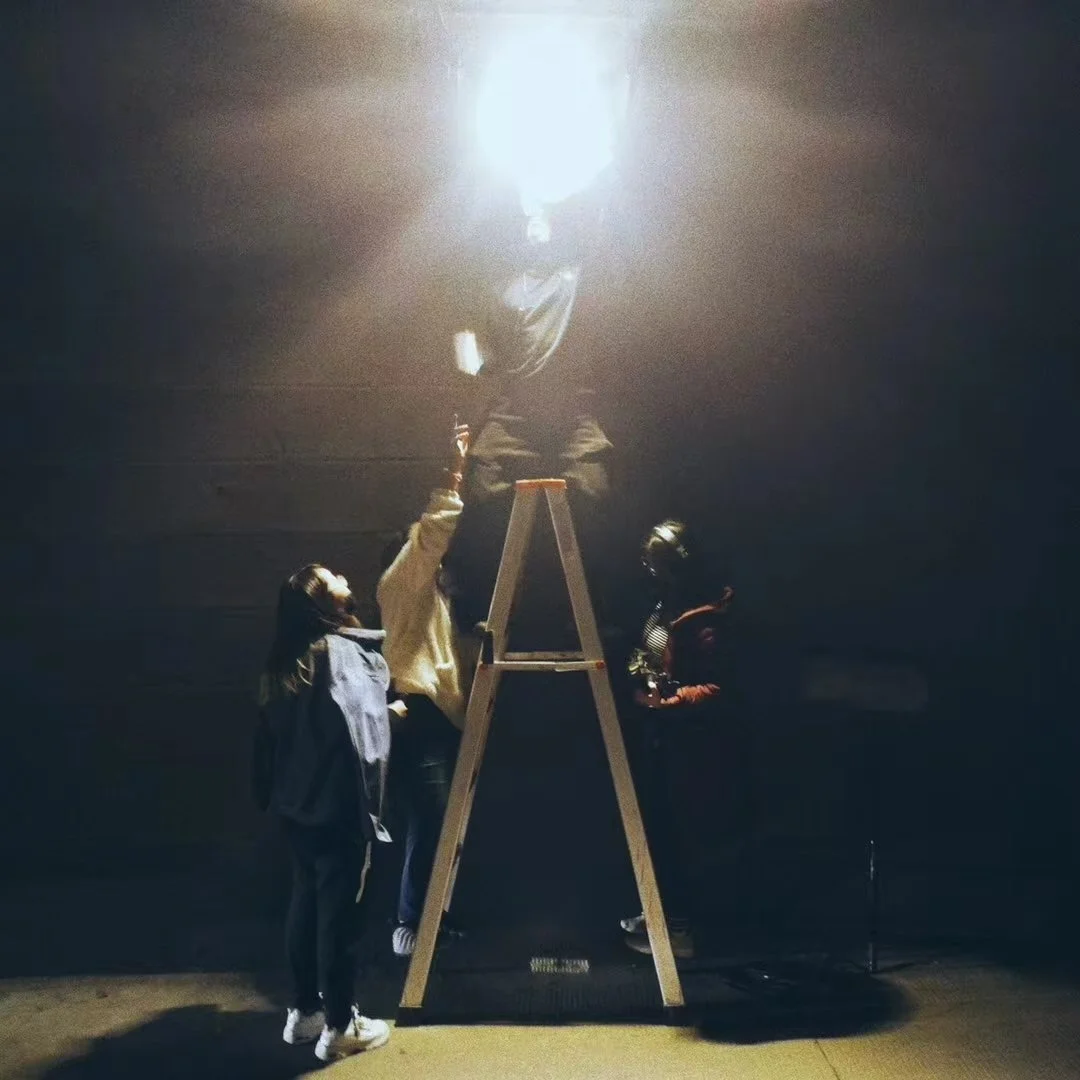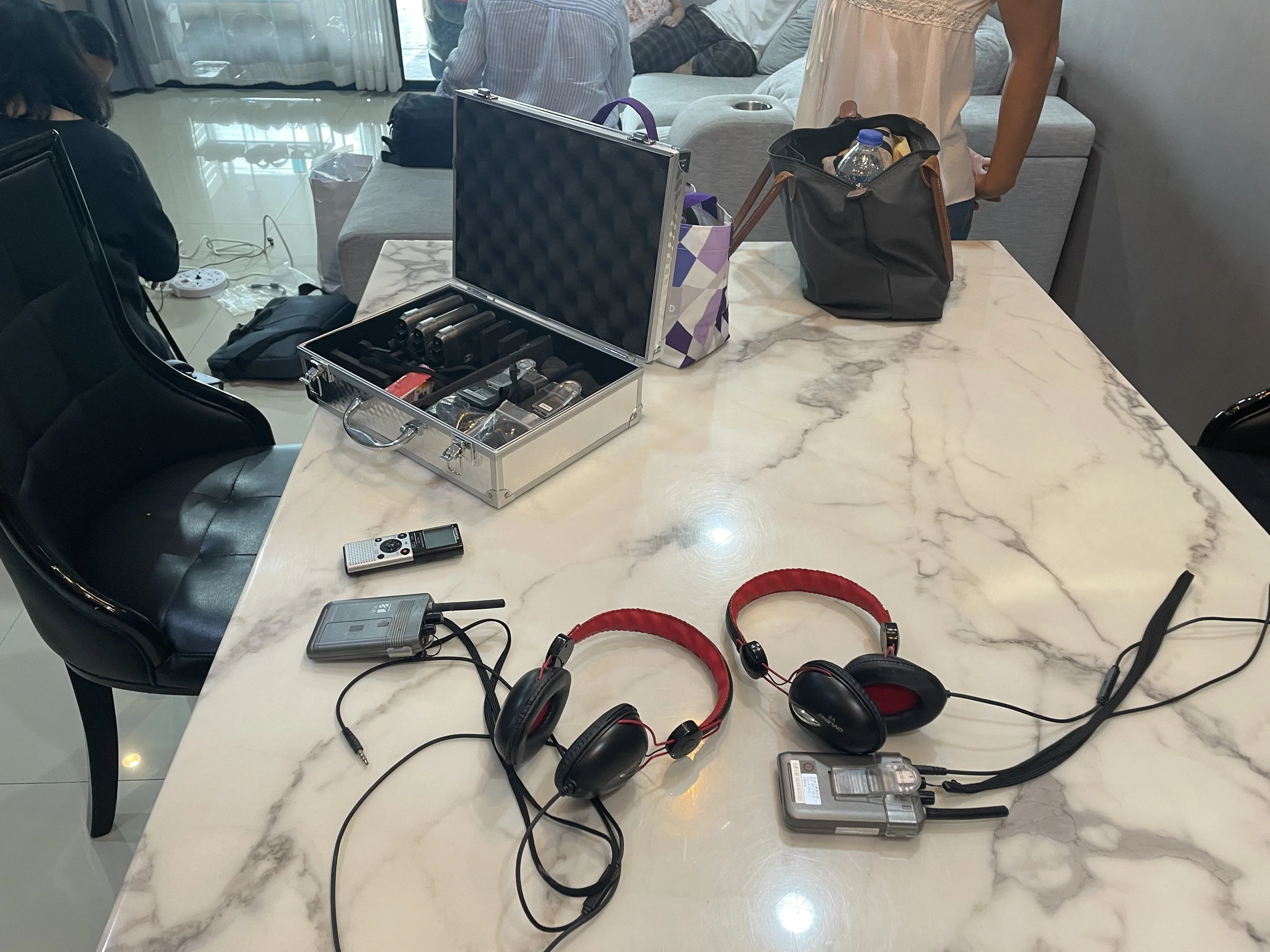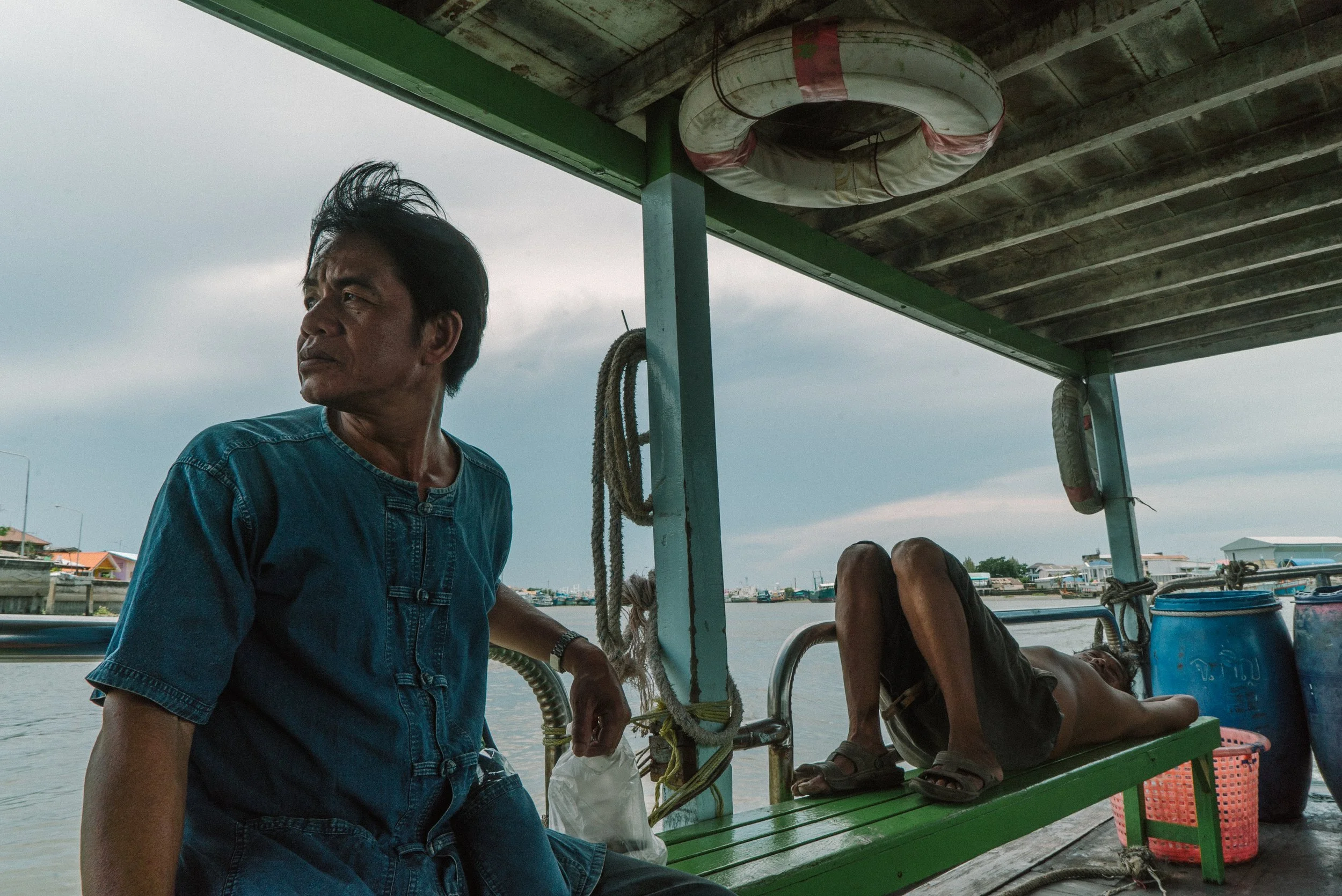
I’ve long chased one question:
What defines us as human beings — what shapes how we communicate, love, connect, and explore?
I was born in Yunnan, the most culturally diverse province in China, home to 25 minority groups. I grew up surrounded by people who spoke different languages, wore vibrant traditional clothes, and believed in their own myths and gods. This mosaic of cultures gave me a deep appreciation for how stories shape identity.
At the same time, I witnessed how, as China’s economy soared, many of these traditions began to fade. Seeing that transformation — people redefining themselves between modernity and heritage — sparked my curiosity about storytelling and human change.
Discovering Film and the Language of People
That curiosity led me to film school. I traveled from Hong Kong to Xinjiang and up to China’s northern border, learning to hear silence, notice tiny human details, and lead 20-person crews through uncertainty—turning chaos into stories.
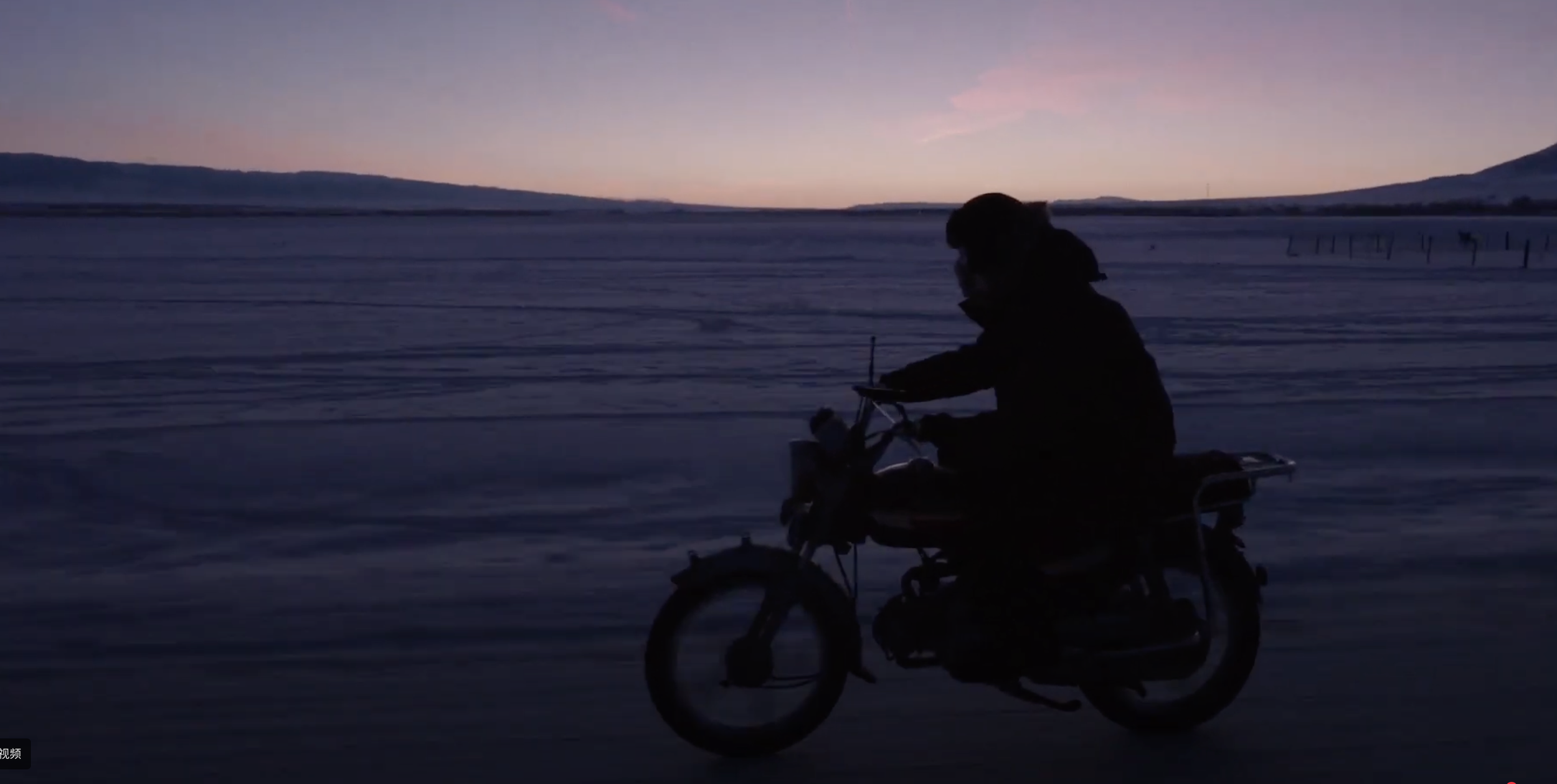
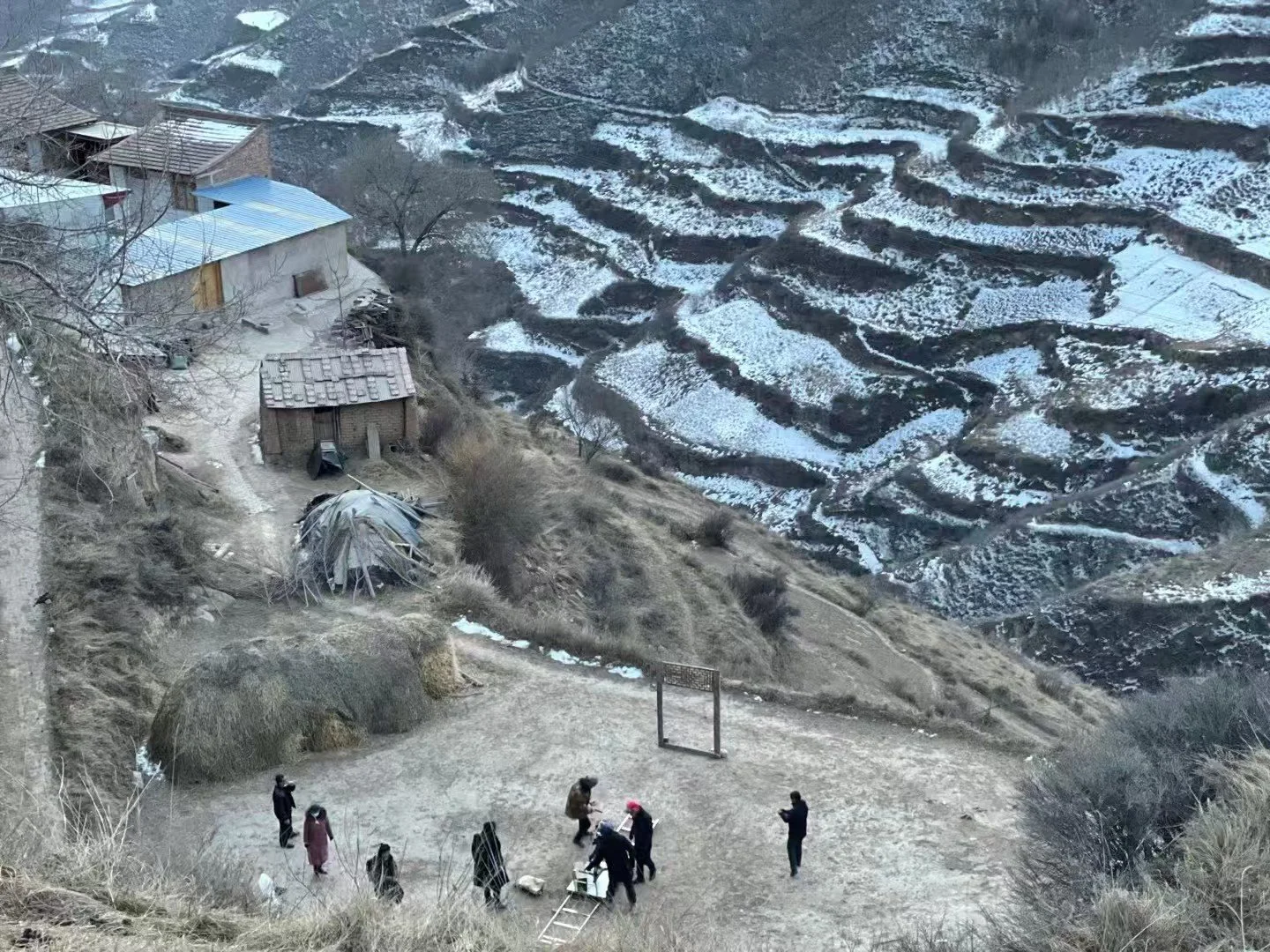




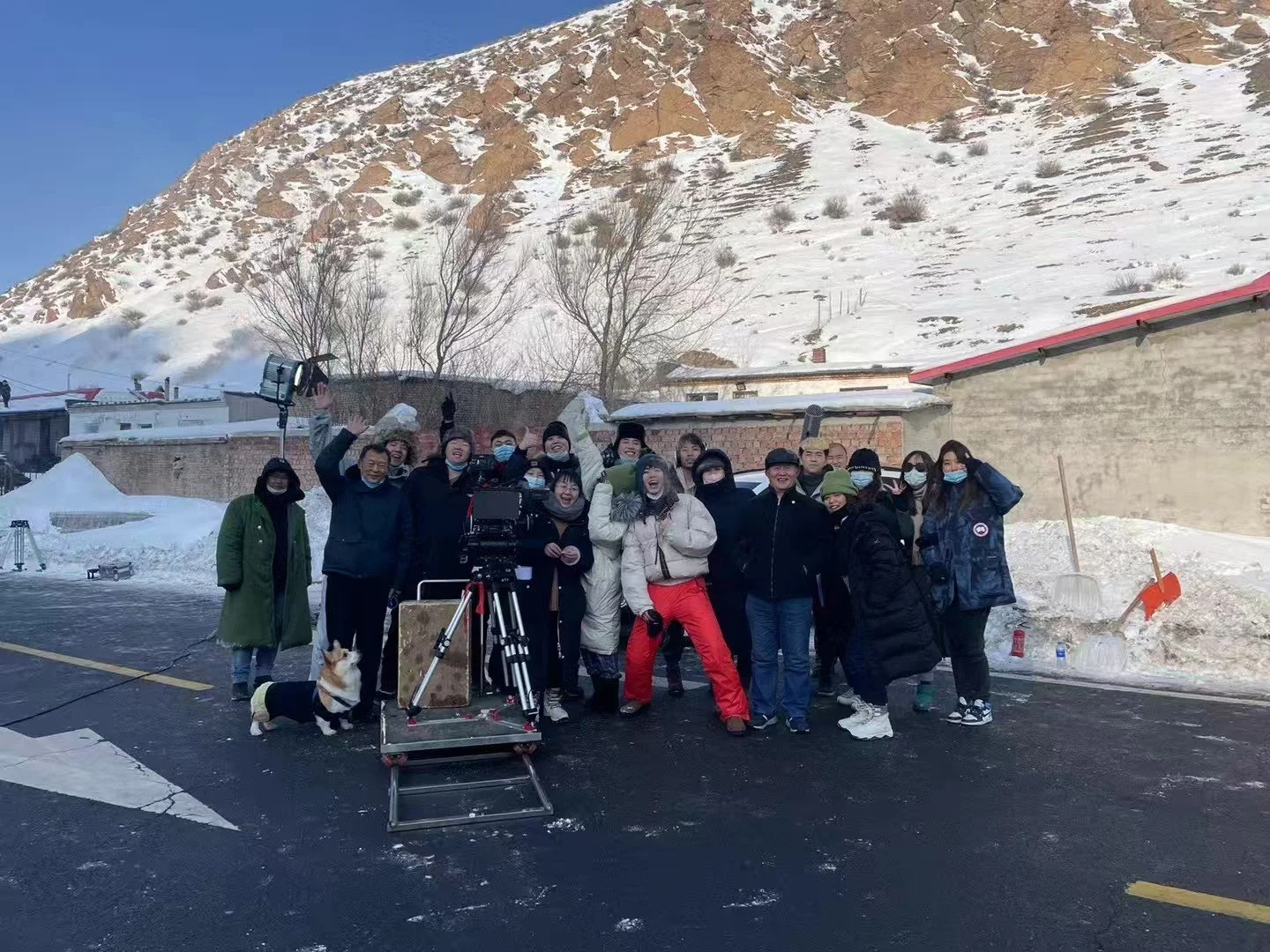
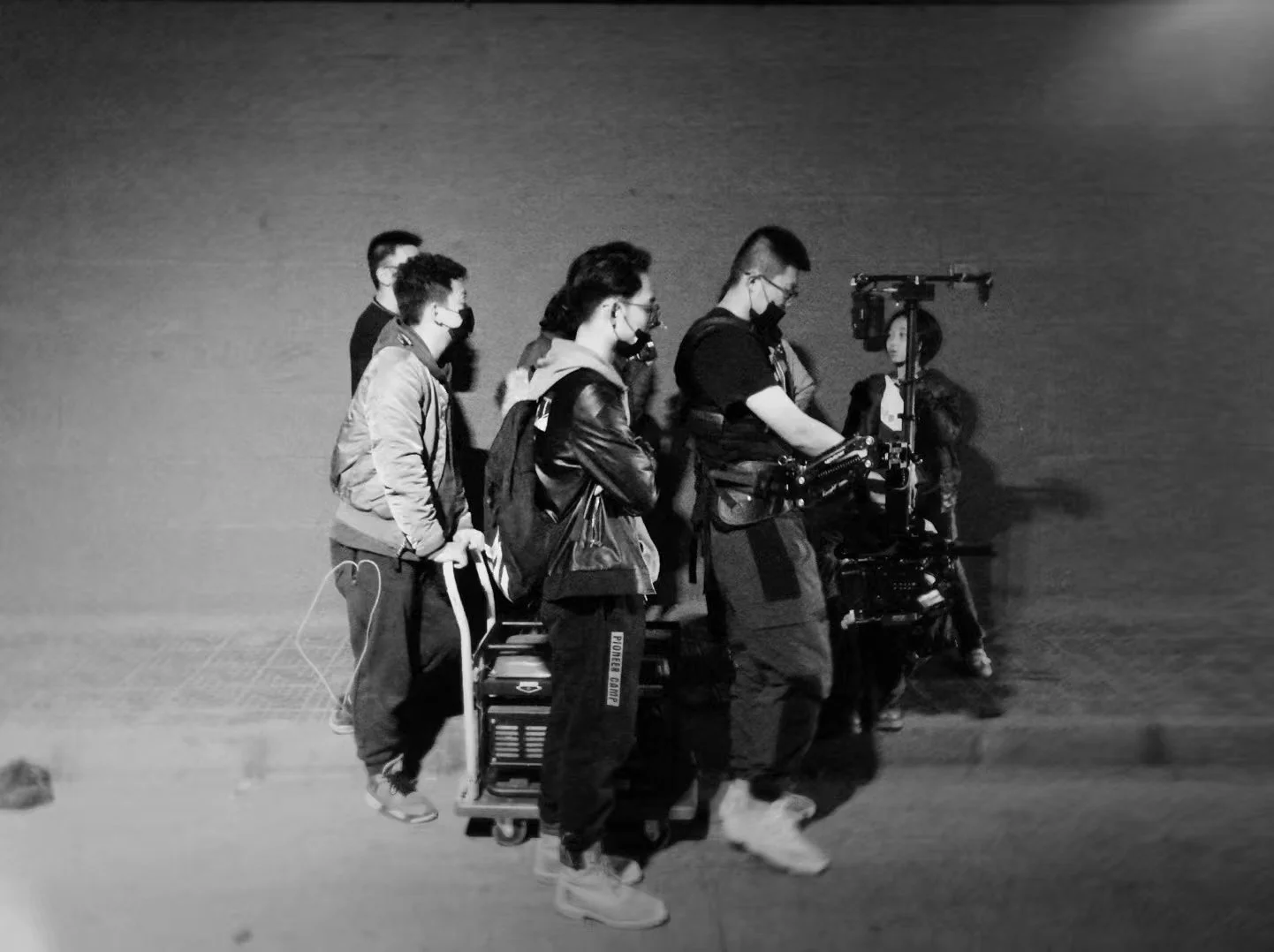


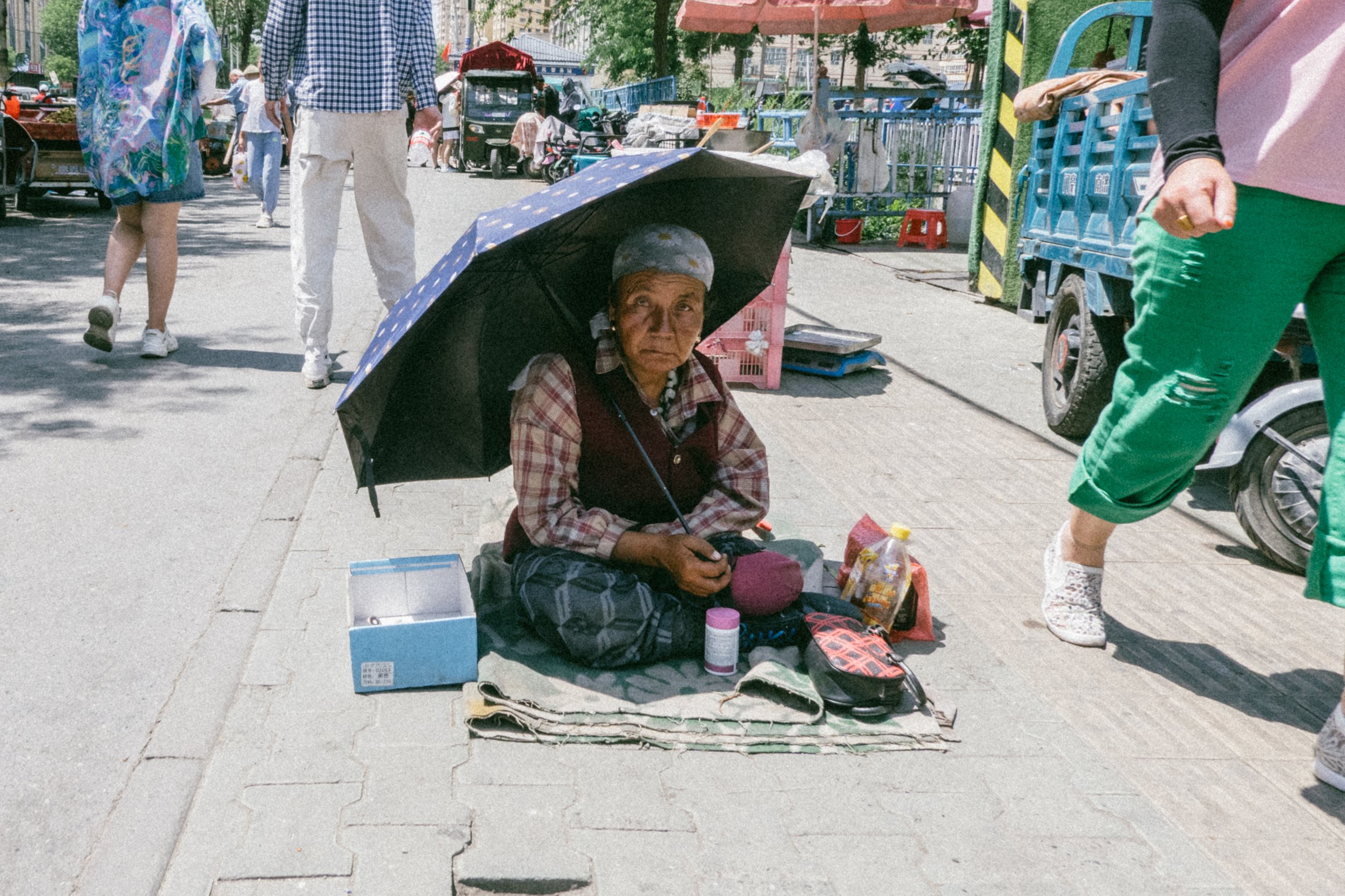
Along the way, I met people shaped by their lands and histories — and yet, in all of them, I saw the same human warmth, kindness, and compassion. Along the way, I made 10+ short films—fictions and non-fictions, capturing moments like a nomadic girl’s struggle with modernization, or an old man’s loneliness as her city transformed.
After graduation, I brought my storytelling into integrated marketing, joining a creative agency to build emotionally resonant campaigns for tech brands. I worked on major initiatives for Alibaba during national shopping festivals, learning to capture attention and communicate value within a few seconds of content.
That experience led me to a deeper question: how can brands use storytelling not just to attract people, but to genuinely understand and connect with them?
From Telling Stories to Listening Deeply
To explore that, I joined GfK (now NIQ) as a consumer insight researcher, focusing on qualitative and anthropological field studies for global tech brands preparing to enter new markets.
I conducted in-depth interviews in Thailand, Mexico, Saudi Arabia, and beyond — speaking face-to-face with people from different backgrounds to understand what “technology” means to them, and how culture shapes their perception of innovation.

In these cross-cultural dialogues:
“A young mother in Bangkok, caring for her newborn in a tiny apartment, checks her phone constantly—video calls to her husband working night shifts, baby-monitor apps, lullabies on YouTube. When her battery drops below 20%, anxiety sets in. For her, battery life is peace of mind.”
“A family in Guadalajara gathers every Sunday for dinner. They pass phones around the table, replaying last week’s laughter. For them, a good camera isn’t about pixels; it’s about capturing belonging, preserving warmth that distance can’t erase.”
“A father in Mexico City, juggling three delivery jobs after the pandemic, keeps thousands of photos, receipts, and contacts on one phone. He can’t afford it to crash. Storage and stability mean dignity—a device that keeps his world in order. ”
“A young woman in Riyadh, raised under the abaya dress code, gravitates toward bold, futuristic designs—sharp lines and metallic tones as a quiet form of self-expression within boundaries.”
I realized that even in the high-tech world, the most successful products touch something deeply human: our need to connect, to care, to be understood.
Seeking the Bigger Picture: Business and Data
Over time, I realized that even the best insights or creative ideas could fail without understanding the business context — supply chains, pricing logic, competitive dynamics.
To bridge that gap, I pursued an MBA at McMaster University in Canada, one of the world’s most multicultural environments.
There, I deepened my understanding of strategic management, finance, and data analytics — learning tools like SQL, Tableau, and Python, and passing CFA Level II. Through these, I began to see how human behavior data can be connected to business outcomes.
At a start-up outdoor brand, I realized something fundamental: this community isn’t persuaded by ads—they trust experience and voices they recognize. So I launched a small documentary initiative called Be the wind. Every shoot became both field research and a dialogue with the community.
We traveled across the Rockie Mountains. Climbers recalled the first time they stepped onto a glacier; thru-hikers shared how solitude reshaped their inner landscape. Out of these journeys came Be the Wind: products tested in true wilderness conditions, narratives that helped the brand rediscover its voice, and a community that began to treat the brand as one of their own.
